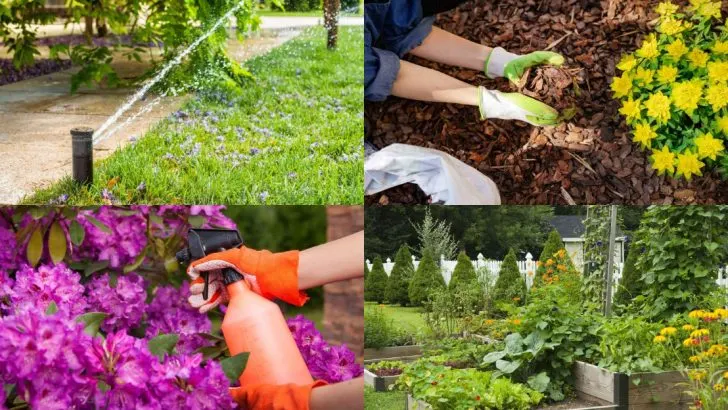Spring lies. Everything looks fresh, green, and full of promise. You think your yard is thriving— but it’s quietly plotting your summer downfall. Bare patches? Hidden. Overgrowth? Not yet. Those poor plant pairings you thought were “cute”? They’re about to start a turf war. The real test comes when the sun gets serious. That’s when drainage fails, shade disappears, and pests throw a backyard rave. And suddenly, your picture-perfect garden turns into a regret-filled heat trap. Before summer turns smug, let’s talk damage control. These 16 common landscaping mistakes love to stay hidden when things are cool— but trust us, they don’t stay quiet for long.
Poor Irrigation Planning

Imagine a garden brimming with vibrant flowers in spring, only to struggle with parched patches come summer. Many gardeners overlook irrigation systems, thinking spring rains are sufficient. But as temperatures climb, inadequate watering reveals itself.
Designing a robust irrigation plan is crucial. Ensure even coverage to keep your yard lush throughout the season. Consider investing in a smart irrigation system that adapts to weather changes.
Don’t let hidden irrigation issues turn your green paradise into a brown desert. A little planning goes a long way in maintaining a vibrant summer landscape.
Ignoring Mulch Needs

Mulch is the unsung hero of garden maintenance. In spring, gardens often look pristine without it, but as summer heat intensifies, bare soil leads to weed problems and moisture loss.
A layer of mulch regulates soil temperature and retains moisture, reducing watering needs. Plus, it adds a polished look to your garden beds.
Skipping mulch might save time initially, but it complicates maintenance as weeds proliferate. Embrace mulch to protect and beautify your garden while minimizing summer yard work.
Neglecting Pest Control
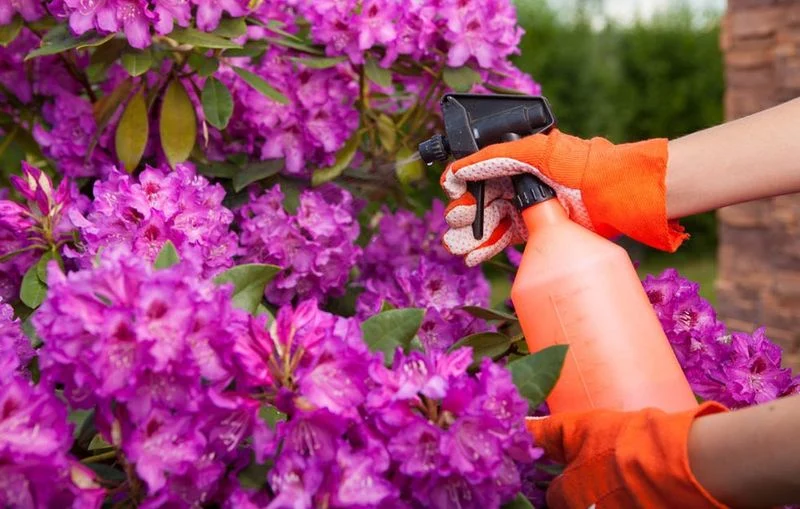
Spring gardens can be deceptively peaceful, with pests quietly breeding in the background. As summer arrives, these pests wreak havoc on plants, delighting in the warmer weather.
Implement an integrated pest management strategy early. Use natural predators and organic treatments to keep pests at bay without harming the environment.
Ignoring pest control in spring is a recipe for summer disaster. Safeguard your beloved plants with proactive measures to ensure they thrive through the season.
Incorrect Plant Placement

Plant placement might seem trivial, but it dictates plant health. In spring, shade-loving plants might tolerate sun, or vice versa, but summer’s strength reveals the mismatch.
Understanding plant needs and placing them accordingly ensures vibrant growth. Sun-loving varieties need full daylight, while others prefer shade.
Mismatched plant placement leads to weak, struggling plants. Avoid this mistake by researching plant needs before digging. Happy plants mean a happy garden all summer long.
Overlooking Soil Quality
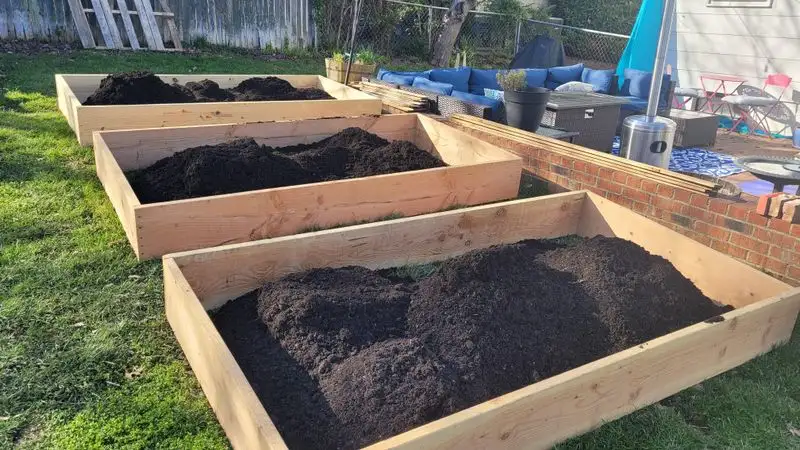
Spring’s lush growth can hide poor soil quality. As summer progresses, nutrient deficiencies manifest in yellowing leaves and stunted growth.
Testing soil in spring allows for amendments that boost health. Compost, well-rotted manure, and organic fertilizers enrich the soil, supporting robust summer growth.
Healthy soil is the backbone of a thriving garden. Address it early to prevent summer disappointments and ensure your plants have the nutrients they need to flourish.
Skipping Lawn Aeration
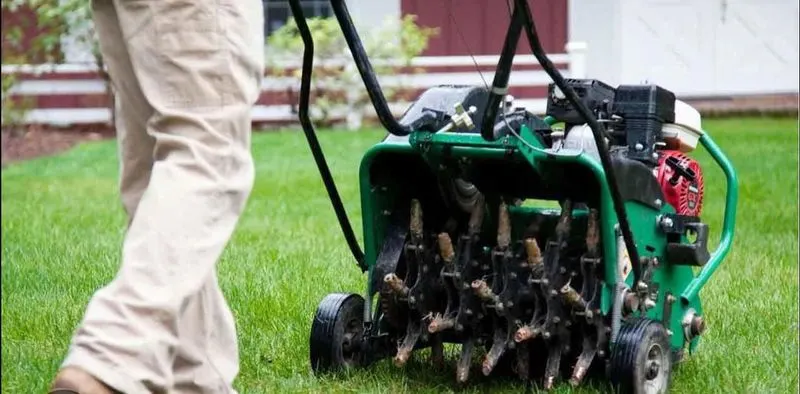
Lawn aeration might seem unnecessary in spring when grass looks lush, but summer reveals the truth. Compacted soil restricts root growth, leading to brown, patchy lawns during heatwaves.
Aeration loosens soil, improving water and nutrient absorption. This practice encourages a resilient, lush lawn that withstands summer stress.
Don’t let spring’s deceptive lushness fool you. Regular aeration ensures your lawn remains the envy of the neighborhood even in the hottest months.
Planting Invasive Species
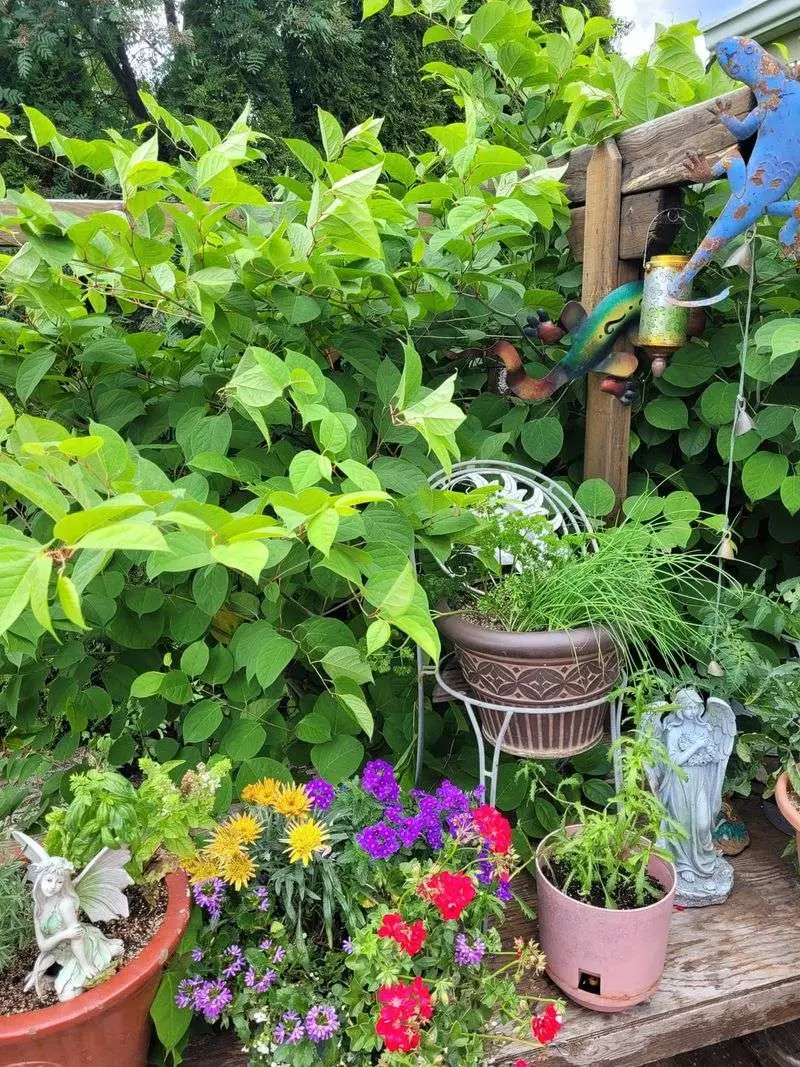
Invasive species can seem charming in spring but turn into garden bullies by summer. They spread aggressively, choking out native plants and disrupting local ecosystems.
Research plants before adding them to your garden. Opt for native species that coexist harmoniously with your landscape.
Prevent an invasive takeover by making informed choices. Your garden will thank you with biodiversity and natural beauty through every season.
Failing to Prune Early
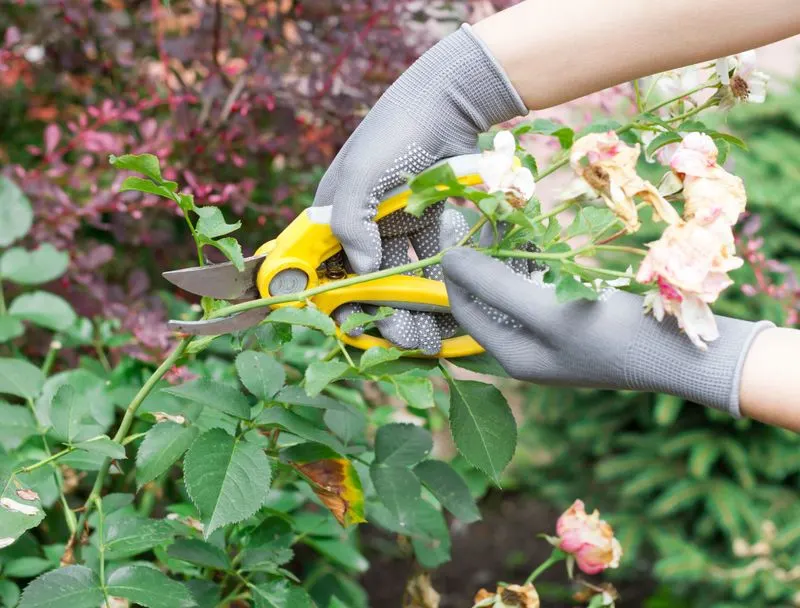
Pruning might be overlooked in the gentle spring, but it’s crucial for summer success. Unchecked growth leads to misshapen plants and reduced flowering.
Early pruning encourages healthy growth and shapes plants aesthetically. It also prevents issues like disease and pest infestation.
Take charge of your garden’s appearance and health by pruning early. Your efforts will pay off with thriving plants and an appealing landscape all summer long.
Over-Fertilizing

The urge to fertilize for lush spring growth can cause trouble. Over-fertilizing leads to chemical burn and salt build-up, stressing plants in summer heat.
Balanced fertilization is key. Use slow-release fertilizers and adhere to recommended amounts for your plants’ needs.
Prevent fertilizer fiascos by practicing restraint. Your garden will thrive with the right nourishment rather than being overwhelmed by excess nutrients.
Neglecting Garden Tools

Garden tools often sit unused in spring’s mild weather, but come summer, their maintenance becomes crucial. Dull or rusted tools inhibit efficient gardening and can damage plants.
Regularly clean, sharpen, and oil tools to keep them in prime condition. Well-maintained tools make yard work easier and more effective.
Pay attention to your gardening arsenal. Proper care ensures you’re prepared to tackle any summer landscaping task with ease.
Improper Watering Techniques

Watering might seem straightforward, but improper techniques can harm plants. Spring’s rains might mask issues, but summer’s heat exposes wilting from poor watering habits.
Water deeply and consistently, focusing on root zones rather than foliage. This promotes healthy, drought-resistant plants.
Master the art of watering to keep your garden thriving. Your efforts will pay off with lush, lively plants that endure even the driest summer days.
Inadequate Shade Planning
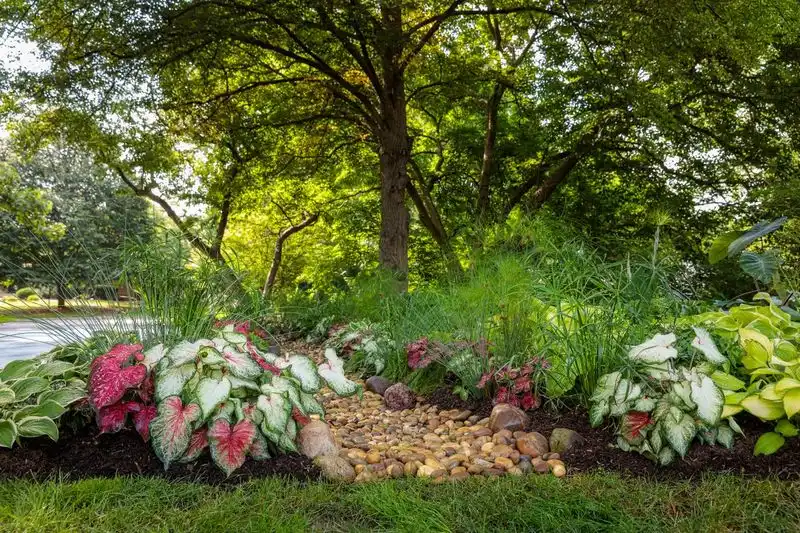
Sunshine is vital, but too much can scorch plants lacking shade. Spring’s mild temperatures deceive, while summer’s intensity reveals burnt foliage.
Plan for shade by incorporating trees, pergolas, or shade cloths. This protects sensitive plants and creates comfortable outdoor spaces.
Balance sun and shade to ensure your landscape flourishes. Thoughtful planning prevents sun damage and keeps your garden inviting all summer long.
Failing to Rotate Plants
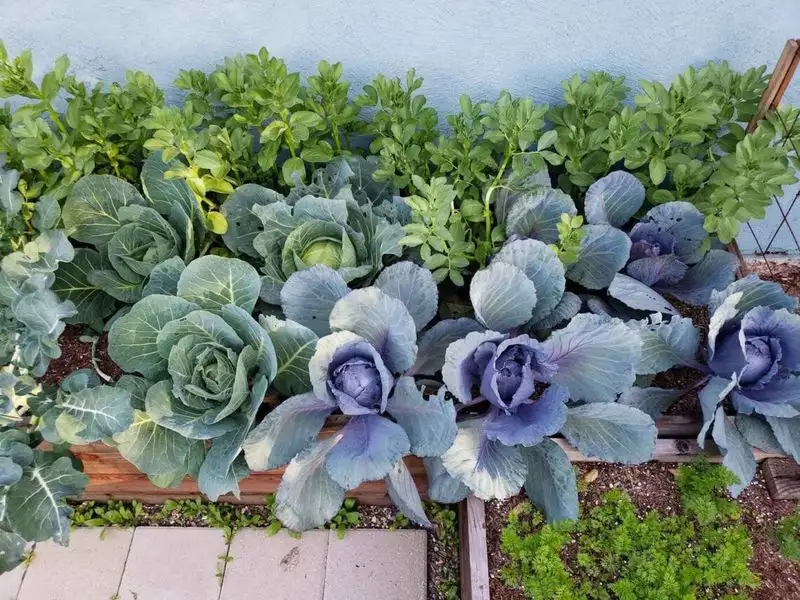
Plant rotation is frequently overlooked, but it plays a crucial role in garden health. Spring’s fresh start can tempt repeated plantings, but this invites pests and diseases by summer.
Rotate crops to different locations annually to disrupt pest cycles and improve soil health. This simple practice encourages a more resilient garden.
Don’t allow complacency to invite trouble. Rotate your plants to maintain a thriving, balanced garden throughout the year.
Underestimating Mulch Amount
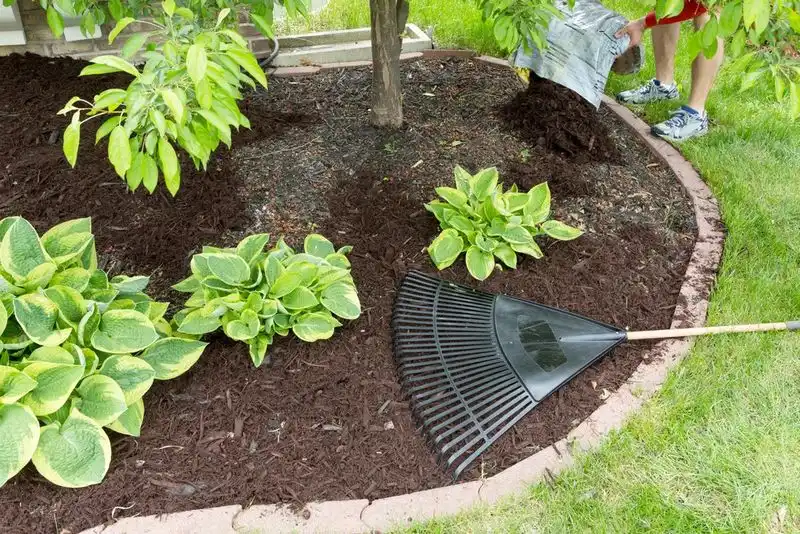
Mulch quantity matters, and too little leaves your garden vulnerable. Spring might seem fine, but summer heat reveals the mistake as soil dries and weeds invade.
Apply 2-3 inches of mulch to protect soil and retain moisture. The right amount supports plant health, reduces weeds, and enhances appearance.
Avoid skimping on mulch. Proper application promises a healthier, low-maintenance garden that thrives under summer’s harsh sun.
Ignoring Seasonal Transitions

Transitioning seasons require careful attention. As spring yields to summer, ignored changes cause plant stress and reduced vigor.
Gradually adjust watering, pruning, and fertilization to accommodate summer’s needs. This helps plants adapt smoothly and maintains garden vitality.
Don’t be caught off guard by seasonal shifts. Plan for transitions to ensure a flourishing garden that meets each new challenge with resilience.
Neglecting Edging

Edges might seem insignificant, but they define garden aesthetics. Spring’s early growth can mask the need for edging, yet summer’s exuberance reveals overgrown, untidy boundaries.
Regular edging keeps garden lines crisp and visually appealing. It also helps manage invasive grass and weed spread.
Take pride in your garden’s appearance by maintaining neat edges. A little effort creates a polished look that enhances your landscape all summer long.

